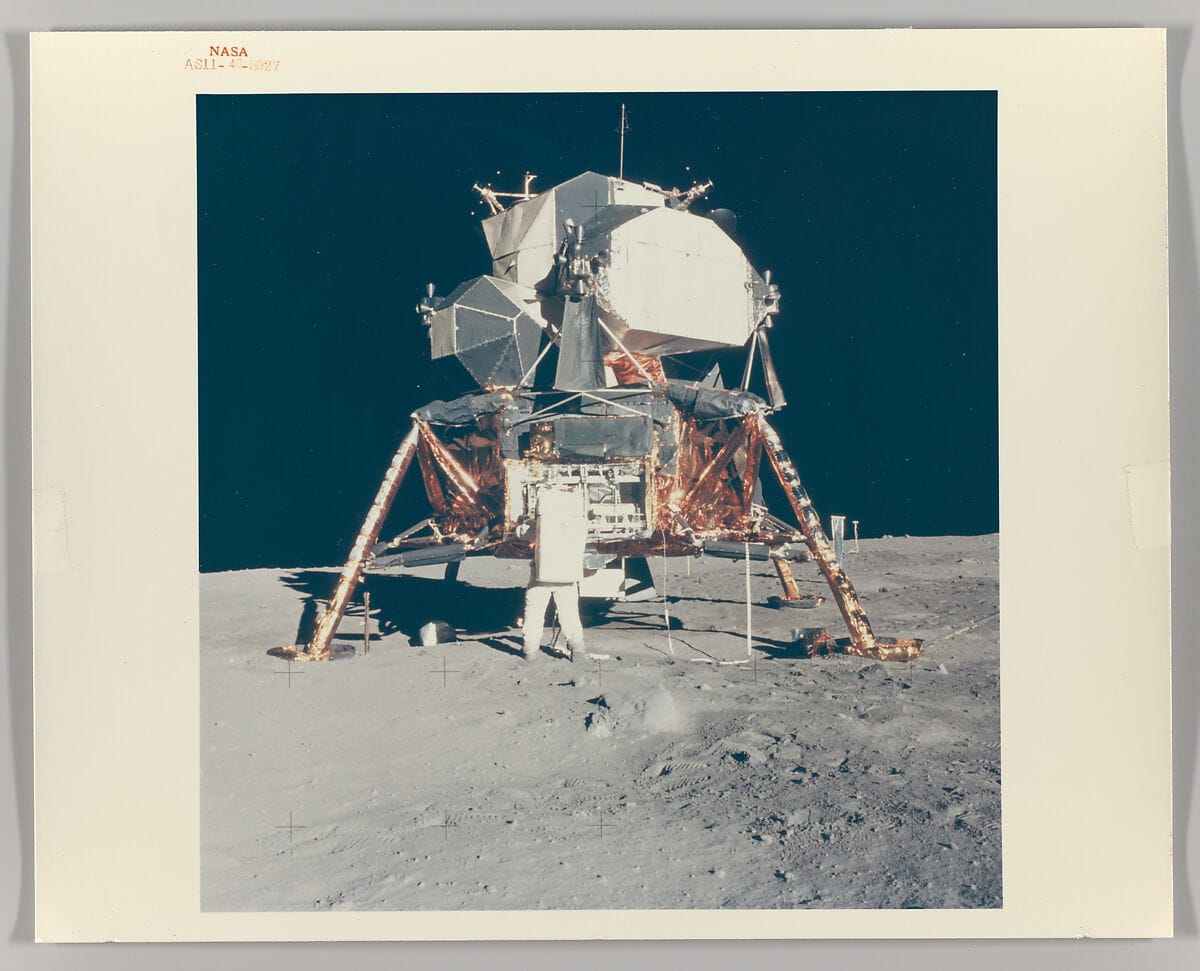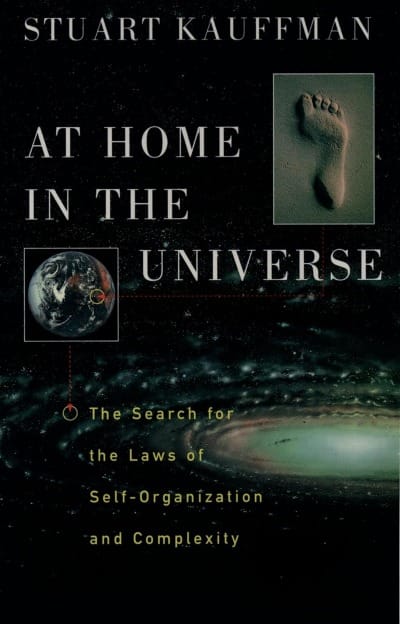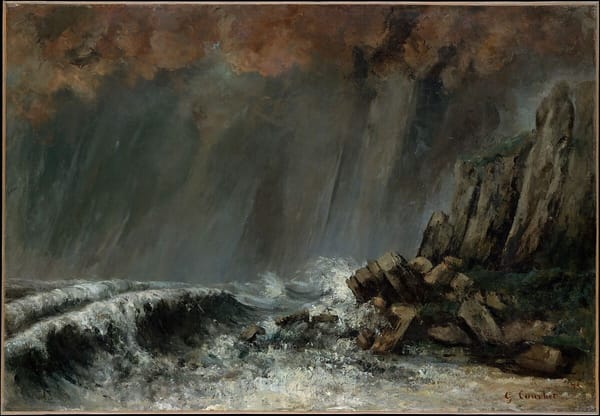If the Universe was Turing Complete
My Thoughts on At Home in the Universe by Stuart Kauffman


- this book is easiest to absorb if you have c.s. knowledge up through a data structures course and a freshman bio course on cells (basically this is a sophomore book)
- id recommend this book to anyone interested in computational biology
- interesting claims about the idea of evolution and how it might work if it comes out of order vs coming of chaos
- subcriticality vs supracriticality really got me thinking!! – very powerful concept
- coevolution is a game theoretic thing with conflicting shared and stable/unstable peaks

- catalyze yourself!
- cambrian explosion top down vs bottom up of patterns
Quotes
Many are the arguments about this asymmetry between the Cambrian and the Permian explosions. My own view, explored in later chapters, is that the Cambrian explosion is like the earliest stages of the technological evolution of an entirely novel invention, such as the bicycle. Recall the funny early forms: big front wheels, little back ones; little front wheels, big back ones. A flurry of forms branched outward over Europe and the United States and elsewhere, giving rise to major and minor variants. Soon after a major innovation, discovery of profoundly different variations is easy. Later innovation is limited to modest improvements on increasingly optimized designs.
David Raup, a superb paleontologist at the University of Chicago, estimates that between 99 percent and 99.9 percent of all species that have ever existed are now extinct. The earth today may harbor 10 million to 100 million species. If so, then life’s history may have seen 10 billion to 100 billion species come and go. One hundred billion players strutting and fretting their hour upon the stage, and then are heard no more.
Theories, even those that prove incorrect, can have elegance and beauty, or be utterly ad hoc. A theory requiring an infinite series of ever smaller homunculi is too ad hoc to be true.




